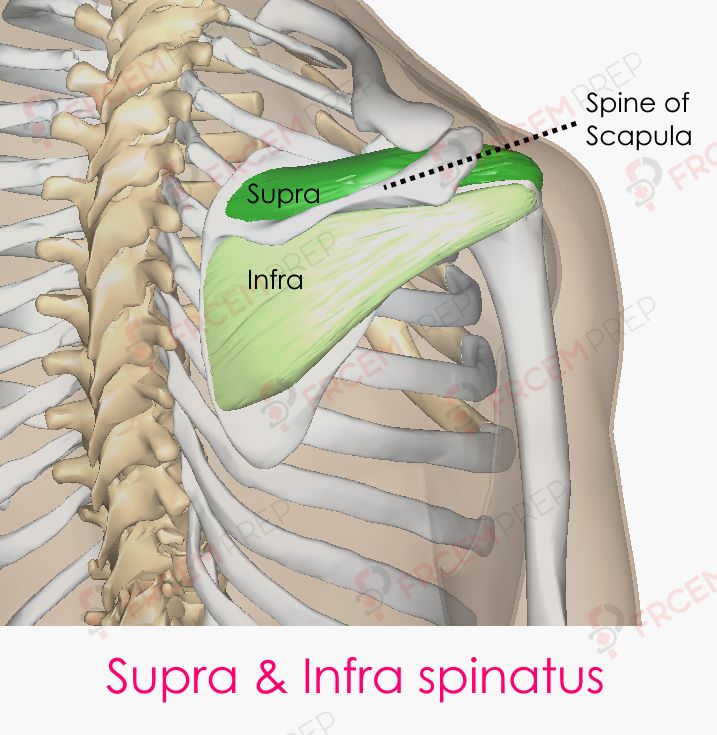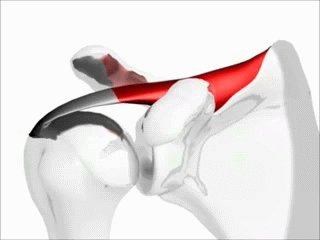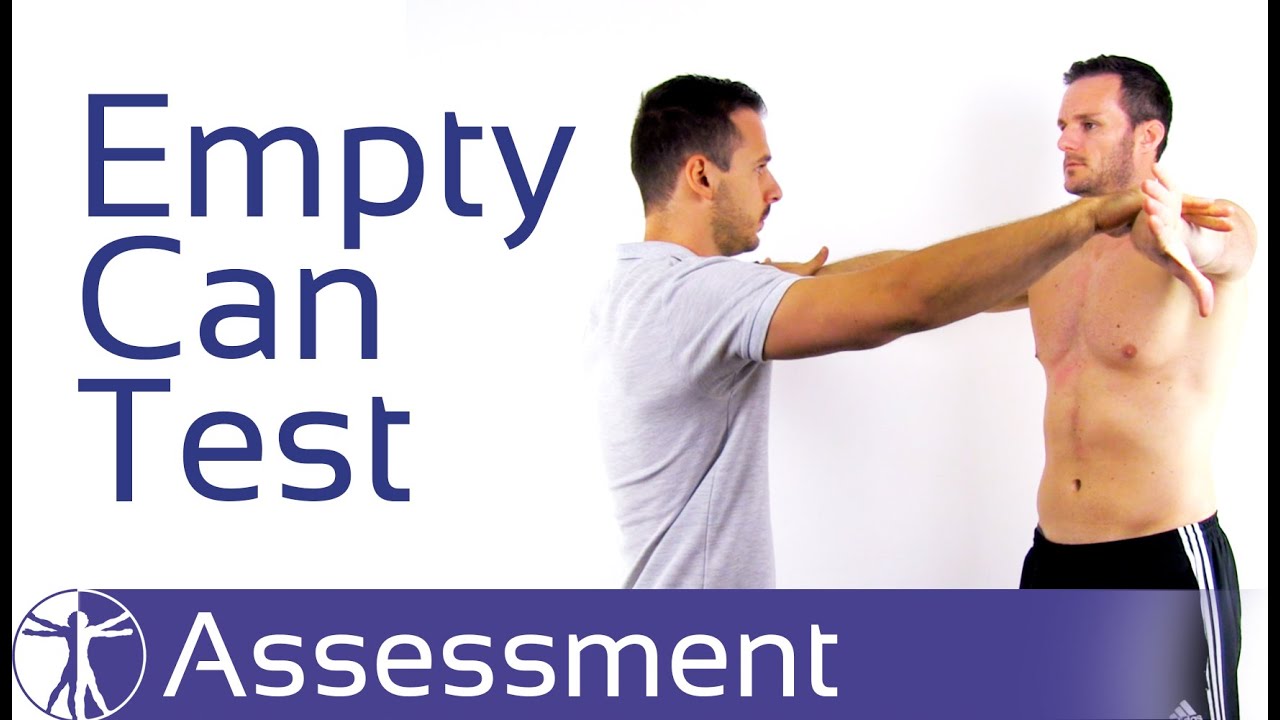Actions and innervation of: Supraspinatus
Knowledge of origins and insertions NOT required
Knowledge of the muscles which exert group effects (eg abduction) at the shoulder joint and the means of clinical testing: an ability to describe shoulder movements according to muscle actions and an appreciation of the role of humeral & scapular rotation
Curriculum
| Origin | Supraspinous fossa (Above the spine on Scapula) |
| Insertion | Greater tubercle of the Humerus |
| Nerve supply | Suprascapular nerve |
| Actions | Abduction of arm | Stabilization of Shoulder joint |
Though the curriculum says origin and insertion not required, we’ve included them as that knowledge will help you understand the movements better based on muscle orientation.

Supraspinatus and Infraspiantus Origin and Insertions – Image modified from BodyParts3D, © The Database Center for Life Science licensed under CC Attribution-Share Alike 2.1 Japan
As the name suggests, it originates from Supra (above) spinous fossa, located on the posterior aspect of Scapula. It goes above the humeral head and inserts on to the greater tubercle of Humerus on the lateral side. When the muscle contracts, it’ll rotate the humeral head and arm gets abducted.
The way it covers the shoulder joint, it helps stabilize the Joint.

Testing the Supraspinatus
Empty Can test – The patient’s arm should be elevated to 90 degrees in the scapular plane, with the elbow extended, full internal rotation, and pronation of the forearm (as if he’s holding a full can and trying to empty it). This results in a thumbs-down position. The therapist should stabilize the shoulder while applying a downwardly directed force on the arm. Ask the patient to resist your force.
If the patient experiences pain or weakness, the test is considered Positive.
